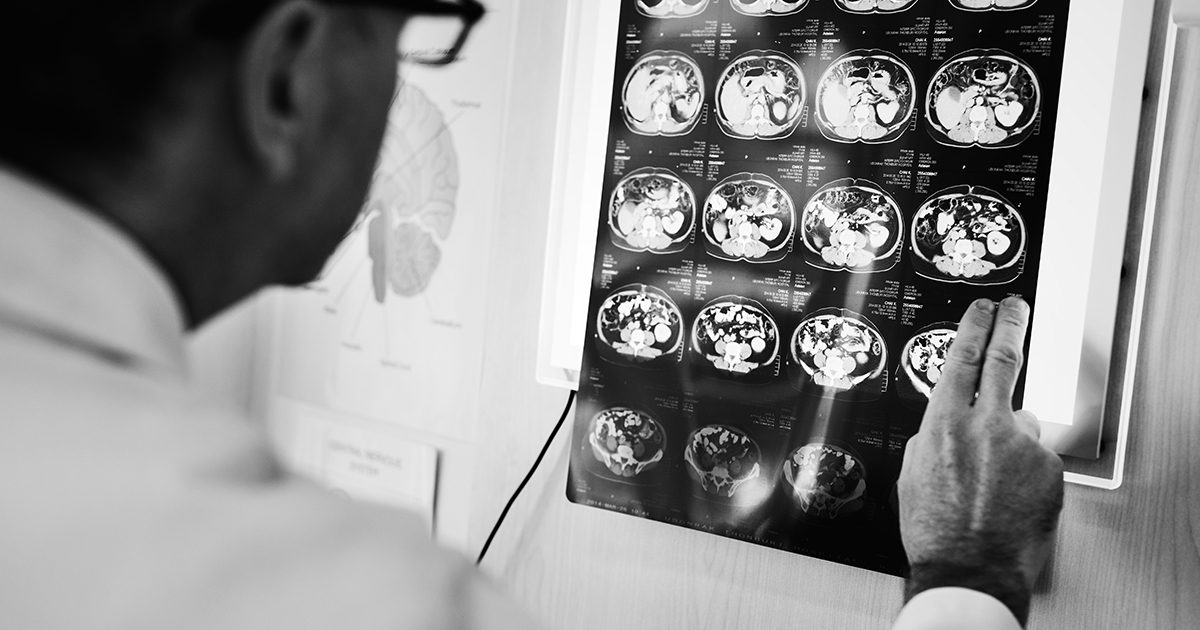Research published in Science shows new findings on neuroanatomical variation in autism, which were achieved thanks to the use of machine learning.
Science magazine recently published the article titled “Contrastive machine learning reveals the structure of neuroanatomical variation within autism”, which showed new insights about autism thanks to the use of Artificial Intelligence (AI).
Researchers at Boston College conducted a machine learning analysis of brain images from patients with ASD. In total, 1,003 patients participated.
Autism spectrum disorder (ASD) is characterized by various impaired social interactions, as well as certain intellectual and behavioral difficulties. The study, led by neuroscientist Aidas Aglinskas, analyzed brain MRI scans to identify brain differences attributed to ASD. In this way they were able to find evidence that could help improve interventions for patients with ASD.
"We used contrastive deep learning to disentangle ASD-specific neuroanatomical variation from variation shared with typical control participants." In this way they were able to identify that the patients' brains have many differences in various brain regions, including those commonly related to ASD symptoms.

That is, patients with ASD have affectations in different regions of the brain, and therefore the symptoms are different in each patient and also of different severity. "Confirming these proposals has been difficult because identifying the specific neuronal alterations of ASD is a complicated task," explained Aglinskas.
Likewise, the neuroscientist explains that the brains of people with ASD are different for various reasons such as genetic variation and not due to autism.
Regarding the use of AI to carry out this research, Aglinskas explained that “it has been difficult to identify the variations in the anatomy of the brain that are related to the different symptoms. So we used AI to separate the differences related to the disorder from those that were not."
SCIENCE
THE VIEWER






